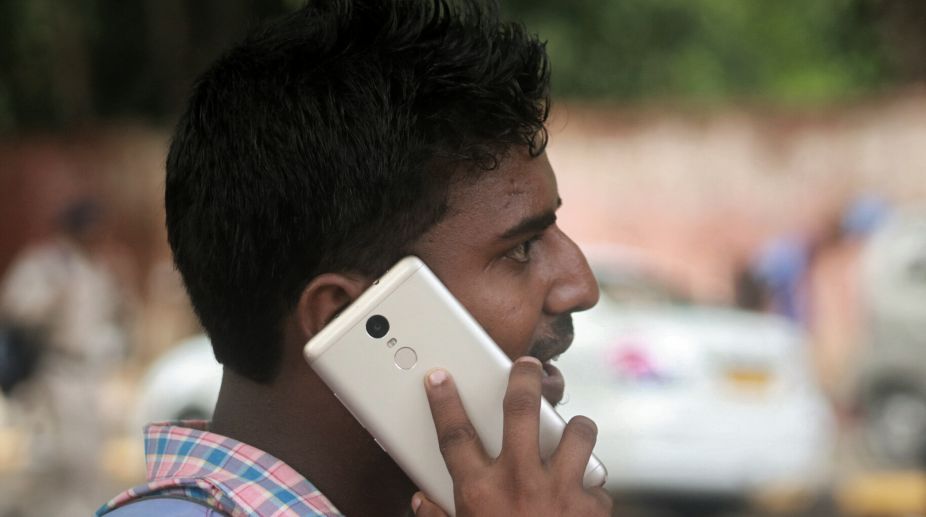The Telecom Regulatory Authority of India (TRAI) on Wednesday issued a consultation paper seeking stakeholders’ view to formulate the National Telecom Policy 2018.
The Department of Telecommunications (DoT), through its letter dated August 21, 2017 requested the TRAI to suggest its policy inputs for formulation of National Telecom Policy – 2018.
Advertisement
The DoT, on its web-site, has stated that the new telecom policy will be governed by the key guiding principle of alignment with the national vision. Its major themes will be regulatory and licensing frameworks impacting the telecom sector, connectivity-for-all, quality of services, ease of doing business, and absorption of new technologies including 5G and Internet of Things (IoT).
The policy has, “common Strategies to leapfrog India amongst top-50 nations in international rankings in terms of network readiness, communications systems and services, to attract an investment of USD 100 billion in telecommunication sector, and to attain average speed of 20 Mbps for wireless and 50 Mbps for wireline internet connectivity.”
The government through the new telecom policy seeks to spur the socioeconomic development up to the bottom of the pyramid by ensuring voice, video and data connectivity for all, provide reliable and secured connectivity with assured quality of service.
Stakeholders are requested to furnish their written comments by January 19, 2018.
The Indian telecom sector is the second largest in the world by number of telephone subscribers with 1.2 billion subscribers as on October 31, 2017. India also has the world’s second-largest internet subscriber base with 340 million internet subscribers as on October 31, 2017. It has one of the lowest tariffs for telecommunication services in the world.
The mission of the policy is to fulfil the communication needs of the people, enterprises, and industries at affordable prices. Also to develop state-of-the-art secured communication infrastructure for delivering high-quality quality services to man and machines in urban as well as rural area.
“To establish India as global hub for internet and data communication systems and services in a net-neutral environment. To aim for self sufficiency in telecom equipment manufacturing ,” the consultation paper said.
It has the objective to increase rural tele-density to 100 per cent. “To leapfrog India amongst top-50 nations in international rankings in terms of network readiness, communications systems, and services.”











